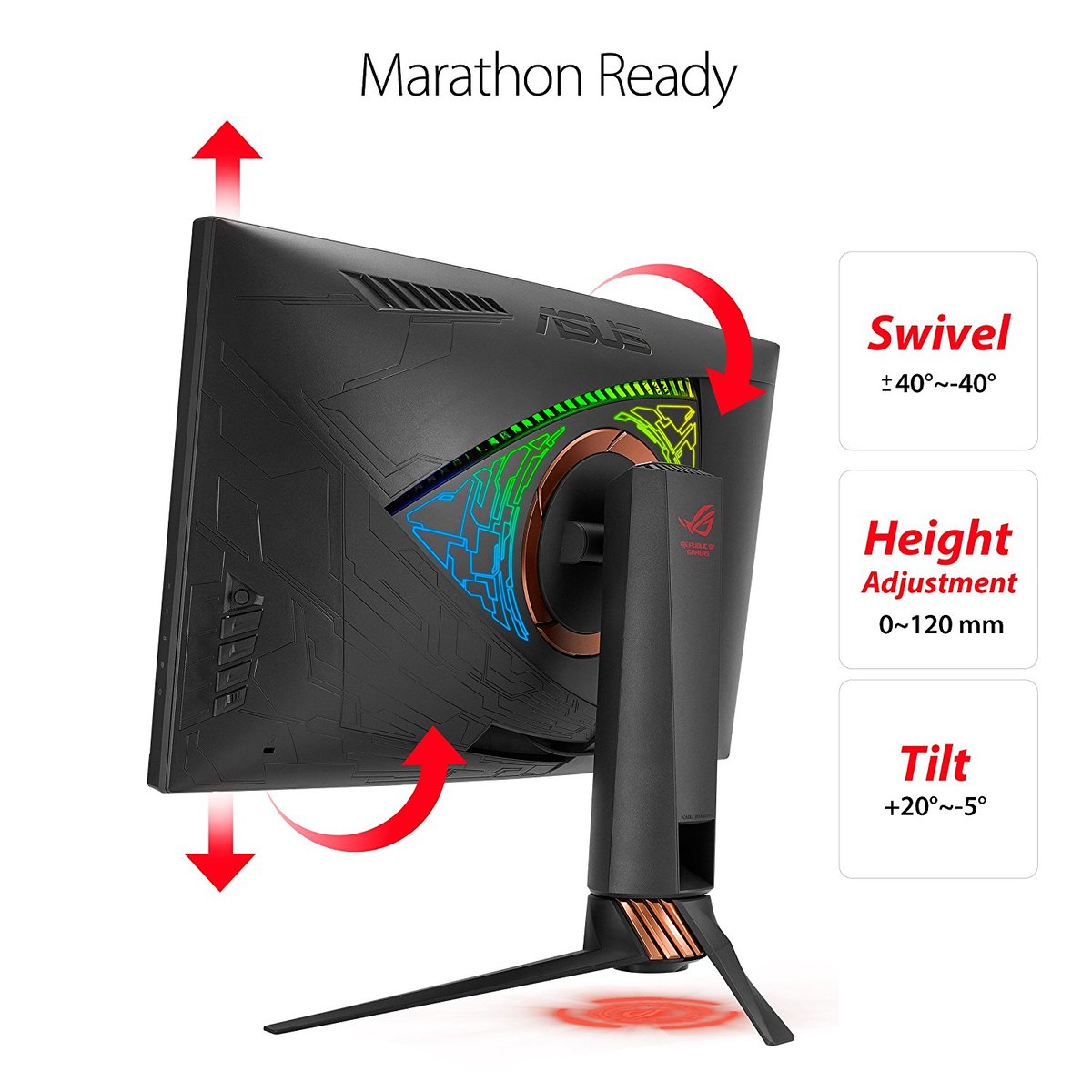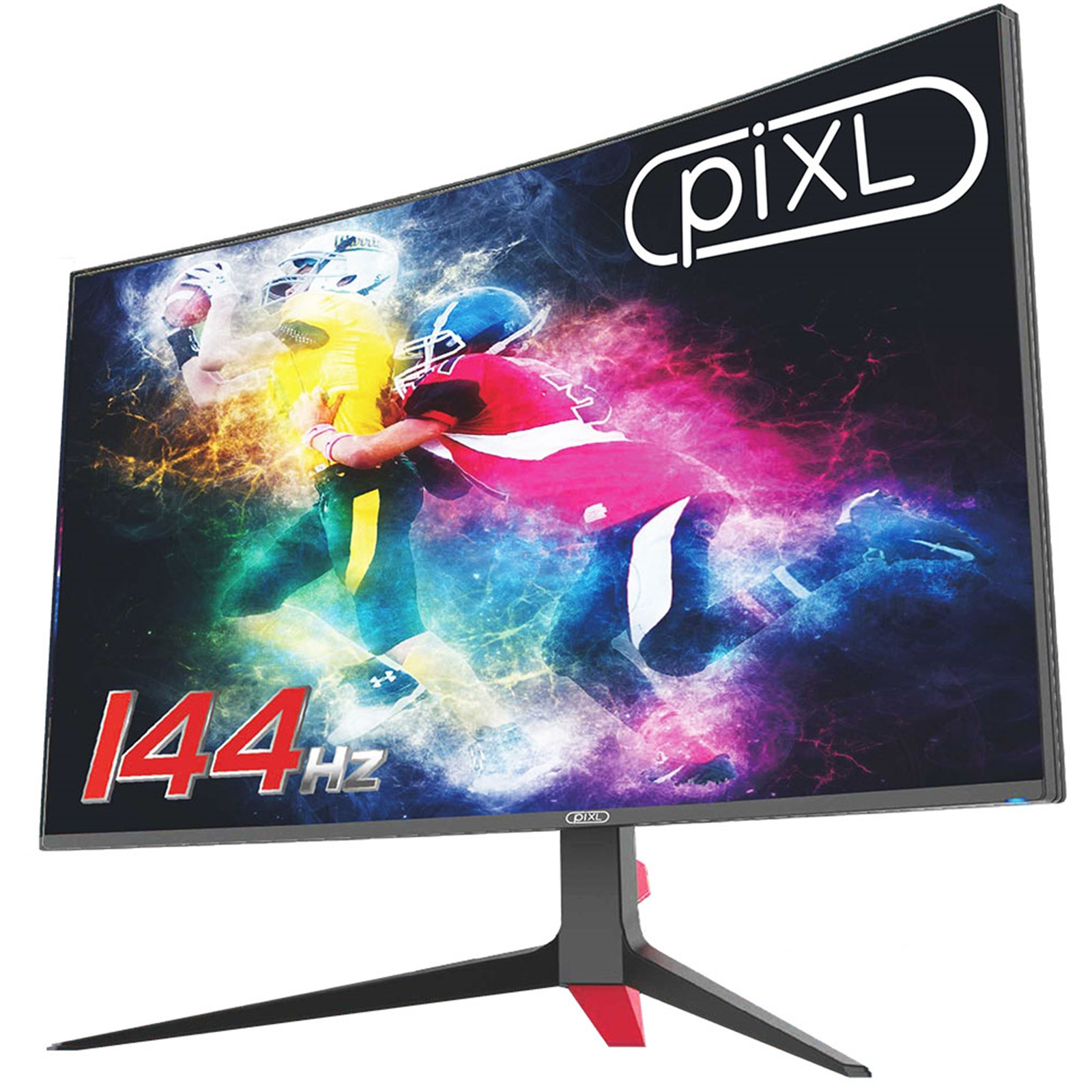

Based on Adaptive-Sync technology, it makes your GPU hold the frames until the monitor is ready to refresh. Nvidia created a solution to this problem, V-Sync. If these frame rates don’t align, the result is both frames coming onto the screen at once, and this stitched up frame is what screen tearing is. The GPU does try and solve for screen tearing by storing some of its upcoming frames in a buffer, however, the buffer and the monitor can also fall out of sync with one another. Meanwhile, your monitor is also refreshing itself during each second to load up the new images that the GPU is always pushing out. A GPU renders the images on your screen, and those frames per second are put together to create a smooth video. Screen tearing and stuttering is something we’re all likely familiar with, and it’s a result of frame rates not syncing up. Nvidia G-Sync is a hardware-based monitor technology that helps prevent screen tearing, stuttering and juddering while you’re playing games or watching TV. Keep scrolling to find out exactly what G-Sync is and why you should know if it’s on your PC.

G-Sync was introduced in 2013 and was created by Nvidia.
G sync monitor how to#
If you’ve recently been looking at purchasing a new PC, or you’re just interested in how to make your computer better equipped for gaming, you’ll have probably come across G-Sync. Check out the next section to see how.Thinking about buying a new gaming monitor but confused what the G-Sync feature is? Fear not as we’re here to help with this handy guide detailing what the feature is and how it could improve your gaming experience. You might see a noticeable improvement in your games’ smoothness, with the adaptive sync feature eliminating tearing at lower framerates. While your monitor might not pass NVIDIA’s rigorous internal testing standards, you can still try it out with the G-SYNC Compatible program. What if you have one of the hundreds of FreeSync monitors not on the list above? Don’t worry. In fact, at least one FreeSync monitor that’s not on the market yet, the new Razer Raptor, will be certified for G-SYNC before it’s even released. This list will grow as NVIDIA keeps testing a wider array of gaming monitors. It’s FreeSync! Only it’s called G-SYNC because you have an NVIDIA card.
G sync monitor driver#
These twelve monitors are:ĭespite lacking the specialized G-SYNC hardware in G-SYNC-branded monitors, these monitors will automatically have G-SYNC enabled in NIVIDA’s driver if you connect them with adaptive sync enabled by the monitor itself. At CES, NVIDIA engineers told us they had independently tested hundreds of FreeSync monitors and found that only twelve passed its rigorous tests for panel quality, refresh consistency, color accuracy, and a gauntlet of other criteria. But it’s also selected a few FreeSync monitors that it thinks are worthy of its G-SYNC blessing (if not the official branding). Now, NVIDIA is making it very clear that it thinks the more expensive G-SYNC option, with NVIDIA hardware driving both the GPU and the monitor, is the superior choice. NVIDIA’s new support for FreeSync monitors is via a program called “G-SYNC Compatible.” NVIDIA GPUs now work with FreeSync monitors with “G-SYNC Compatible” enabled in the configuration tool. As of NVIDIA driver version 417.71, released on January 15, 2019, this is no longer a problem.
G sync monitor Pc#
Here’s a more technical breakdown of G-SYNC and FreeSync.īut for several years, PC gamers with NVIDIA cards have lamented their lack of access to the adaptive sync/FreeSync capabilities on cheaper monitors. This module is manufactured and supplied by NVIDIA to its hardware partners, which is why G-SYNC monitors are almost universally more expensive than FreeSync monitors.

Unlike FreeSync, which doesn’t need any additional hardware, G-SYNC monitors include a tiny computer module inside them to manage the syncing of frames rendered by the GPU and displayed by the screen. G-SYNC is NVIDIA’s branded alternative to adaptive sync/FreeSync.


 0 kommentar(er)
0 kommentar(er)
